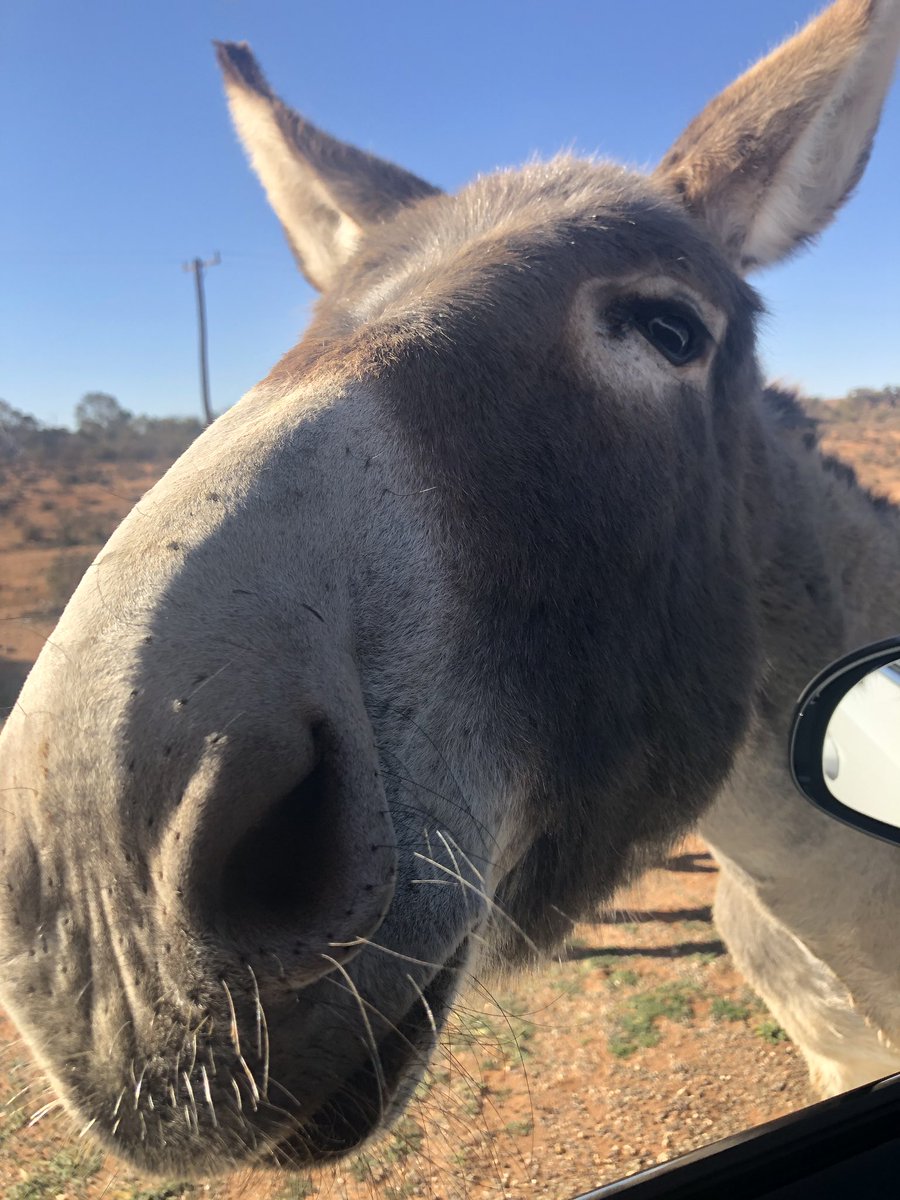I also did not know what a Diesel plant fitter was (our education should do better on this front, careers should not be accidental). When I was chasing apprenticeship, I wanted to be an Auto electrician. When the CMED advert came out I did not have a driver’s licence
or learners’ licence, which is a prerequisite if you want to train in the Automotive industry. Diesel Plant Fitting is classified under the Mechanical Industry, so a driver’s licence is not required on application. I was, however, asked for it during my interview and I had one
The interview was hilarious, I cracked their ribs every now and then but that is where I learnt how to take control of an interview. (I knew no one there as well). I told them from the onset that I knew nothing about the trade, but keen to learn, that is why I applied
They asked me what I knew about mechanics in general. I responded that I knew bicycle mechanics because that it what we had at home and everything else contained in the O level integrated science book Science in Zimbabwe. So, they asked me about stuff that was in
Science in Zimbabwe like phases of a 4 stroke engine, pulleys, motors & the difference between AC & DC current. I finished my O levels 5 years before but I gave it back to them word for word. I had read the whole chapter the previous night as I was preparing for the interview😎
I got the offer ahead of blokes who were bragging and unsettling others outside about having it all. They wanted only 3.
CMED was a good place to start with. They had old equipment and a poor maintenance system which meant lots of breakdowns.
Most component repairs and overhauls were done in the workshop, which made us disassemble and assemble engines, transmissions, and final drives at an early stage of my training. Most of our equipment was hired out to the Ministry of Transport.
We therefore travelled a lot to places where roads were being constructed throughout the midlands from Gokwe to Mberengwa district. CMED paid us govt rates which were low. Going out meant passengers (we called them masaga), and therefore extra money in our pockets
Govt number plates meant a free pass at roadblocks. I also stayed at Mataga growth point for a bush clearing project for an irrigation scheme that was later abandoned. I made history there by catching a Swainson’s spurfowl (Chikwari/Chihorwe) with my bare hands (true story).
I went to Kwekwe Poly for my NC in 2006. When I came back, I started to look for attachment in mining companies so I can have exposure to the environment and equipment. My Chargehand discouraged me saying there is nothing new or different.
When ZIMASCO put out an advert in The Sunday Mail looking for 3rd year apprentices who wanted to transfer their contract to them I was reluctant to apply. My Mentor, who was manager at Duly’s motors at the time encouraged to apply. (best advise).
I applied and went through the 2 stage interview process and got the offer. They only wanted one person. When I went there, I realised there was a huge difference and lots of new stuff. I got to work on and appreciate Locomotives as well. That is the best move I have made
in my career so far. It set me up for great things ahead.
When I completed my apprenticeship, I was supposed to be signed on as a qualified DPF, but it was during the recession. They were not signing new contracts, so my contract of apprenticeship was extended.
I was later let go when there was no prospect of recovery under the new ownership. In 2010 I moved to South Africa where I worked briefly in Joburg before moving to the Northern Cape, where I spent 4,5 years working a contractor at Assmang Iron Ore.
We made the decision to move to Australia in 2015. In December 2015 I caught my first flight ever to Australia. I got here at the end of an economic boom, so companies were making people redundant instead of hiring. The only side which was hiring was fixed plant.
They could not do proper maintenance of the processing plants during the peak of the boom due to ore demand. Now was the time to do proper maintenance and they needed Mechanical fitters. Like I said in an earlier thread, all I needed was to forget about mechanics
for a while and become a mechanical fitter. I worked in this role for 6 months before my first breakthrough. During that time, I also had an opportunity to work on an ore transfer Ship. It was such a good experience.
I also had my first experience of underground mining
here but quit after a year. I am not cut for that. In 2016 I became a dual tradesman by becoming a certified Auto Electrician. It helps in executing my duties as I earlier pointed, especially if you work as a breakdown fitter as I did for the past 10 years.
I am currently working for one of the biggest resources co. in the world at one of their iron ore mines in the Pilbara region of Western Australia. Based in Perth, we are rostered to work 12 Hr shifts on 2 weeks on 1 week off basis. We fly in and out to site on chartered planes.
The flight takes around 1 hr 40 mins.
That is me as a Diesel Plant Fitter!
Next thread is how you can migrate to Australia as a Diesel Plant Fitter and tradesman in general.















